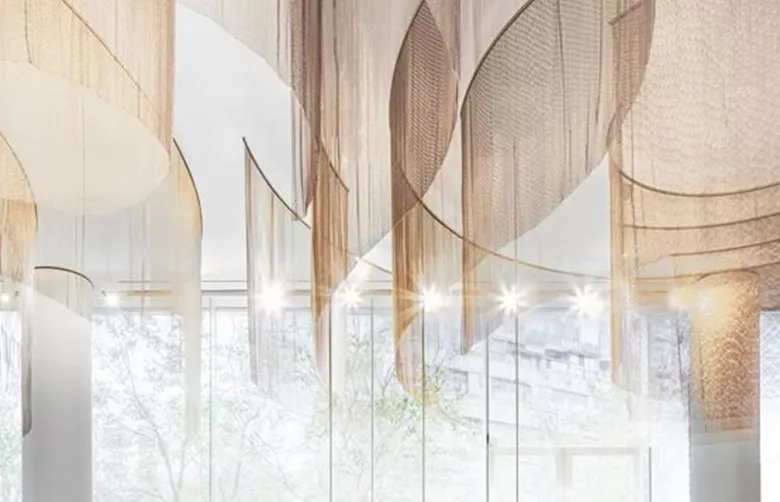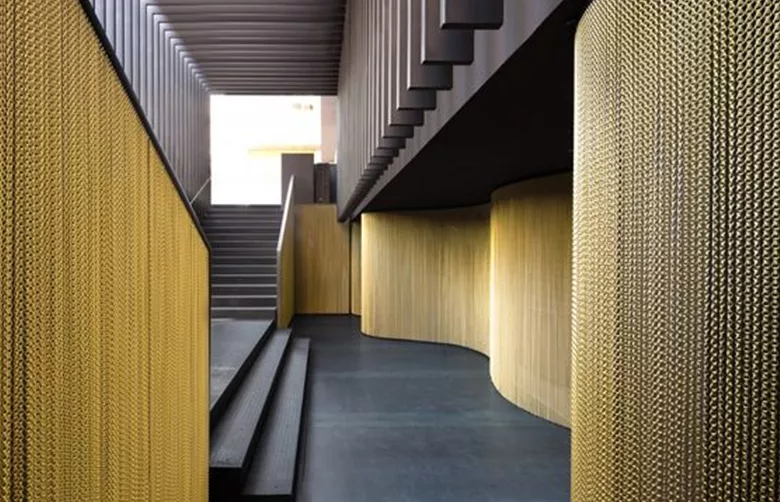-
About UsProductsCustomized SolutionProjectGalleryNews
Woven mesh fabric: Optimizing Energy Efficiency in Building Envelopes
Release time: September 15, 2023Lighting and natural ventilation: Woven mesh fabric allows for good lighting and natural ventilation indoors and outdoors. Its open structure allows natural light to enter the interior, reducing the need for artificial lighting. At the same time, it can promote air circulation, allow natural wind to enter the building interior, and reduce reliance on artificial ventilation and air conditioning systems. By rationally selecting the light transmittance and ventilation performance of woven mesh fabrics, the energy consumption of the building can be effectively reduced.
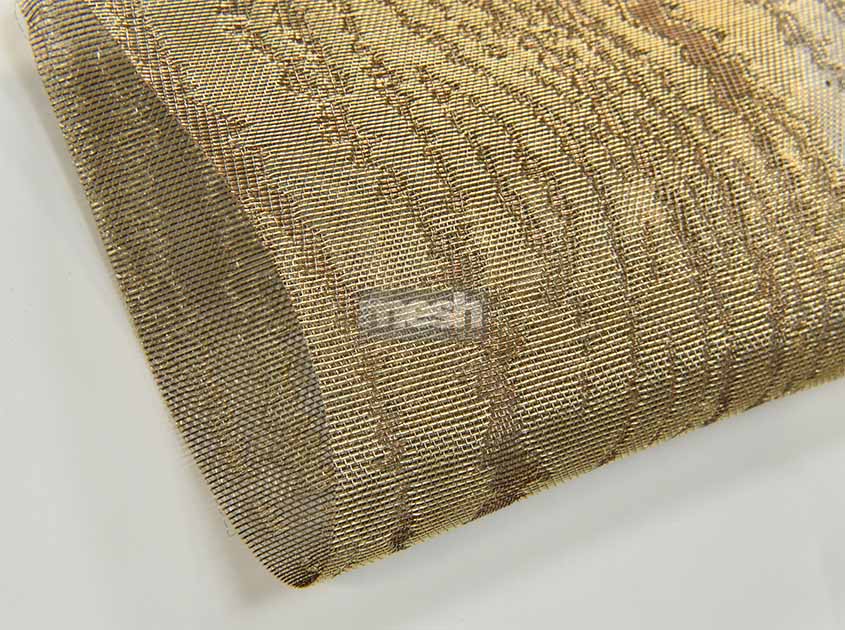
Heat Control: Woven mesh fabric plays an important role in heat control. It has the ability to reflect and absorb thermal radiation, which can reduce solar energy absorption and heat accumulation inside the building. By choosing appropriate woven mesh fabric materials and colors, thermal regulation of building facades can be achieved, reducing the load on air conditioning systems and improving energy efficiency.
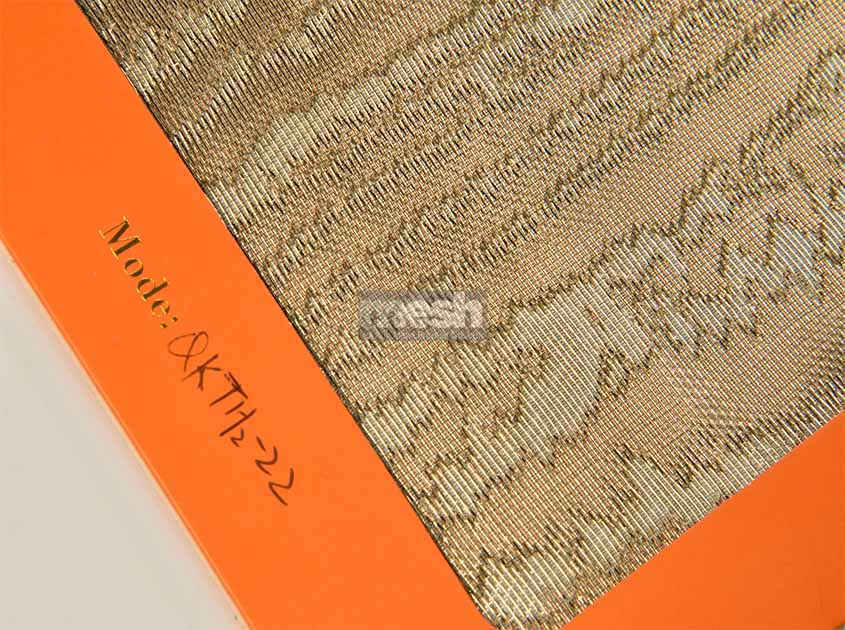
Thermal insulation: Woven mesh fabric can also be used as a thermal insulation layer to reduce heat conduction. Its textile structure can inhibit the transfer of heat and form a thermal insulation layer to block the conduction of outdoor high temperature and indoor low temperature. This reduces heat loss, improves the building's insulation performance, and reduces reliance on air conditioning and heating systems.
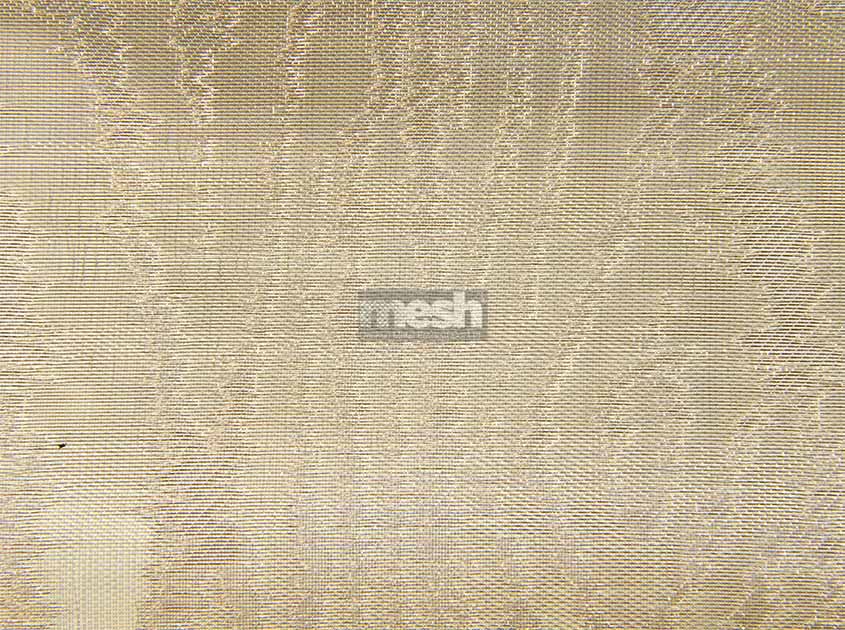
Energy-saving building design: The application of woven mesh fabrics in building design can promote the realization of energy-saving buildings. By rationally designing and arranging woven mesh fabrics, natural resources such as sunlight and wind can be maximized and the need for traditional energy sources reduced. It provides a sustainable and environmentally friendly solution for buildings, reducing reliance on non-renewable energy sources and reducing the building’s carbon footprint.
Through the above four aspects, the application of woven mesh fabrics in building facades can optimize energy efficiency. It reduces a building's energy consumption and environmental impact by providing good lighting and ventilation, controlling heat, providing insulation and promoting energy-efficient building design. The application of woven mesh fabrics provides the construction industry with an innovative solution that promotes sustainability and energy efficiency.
Recommended News



